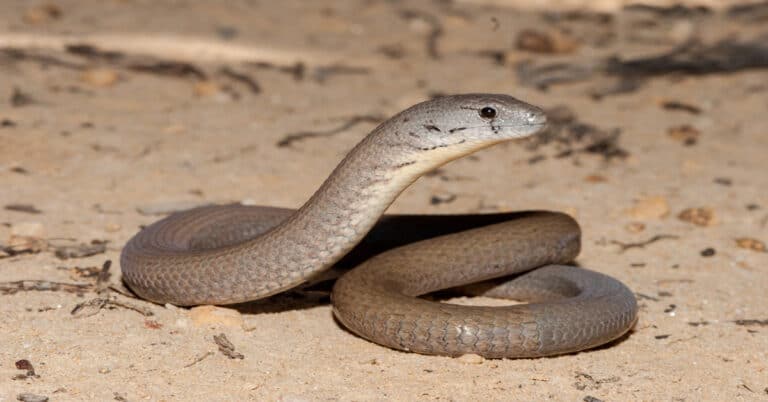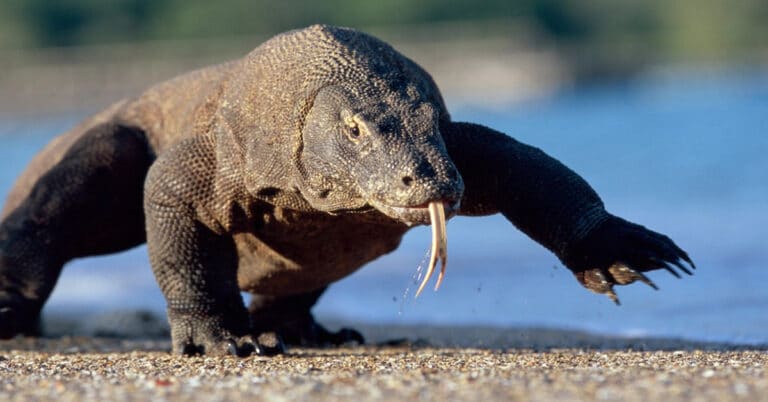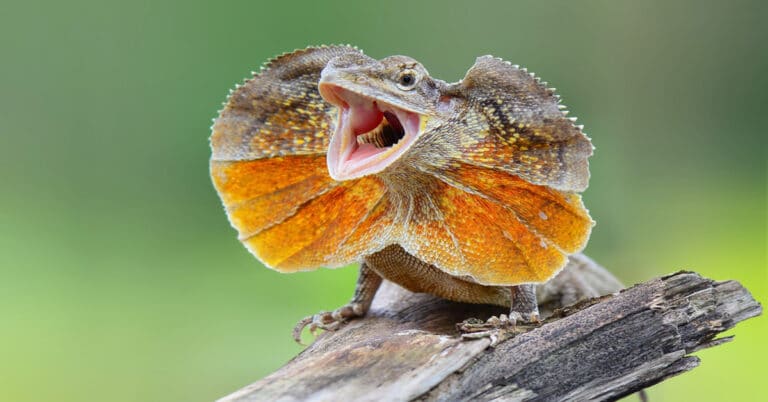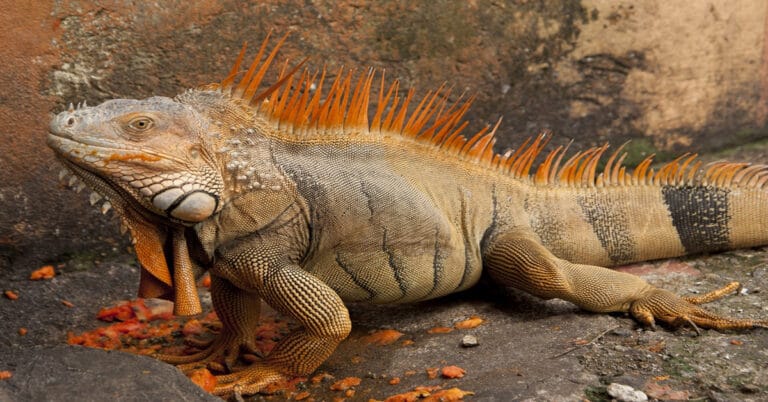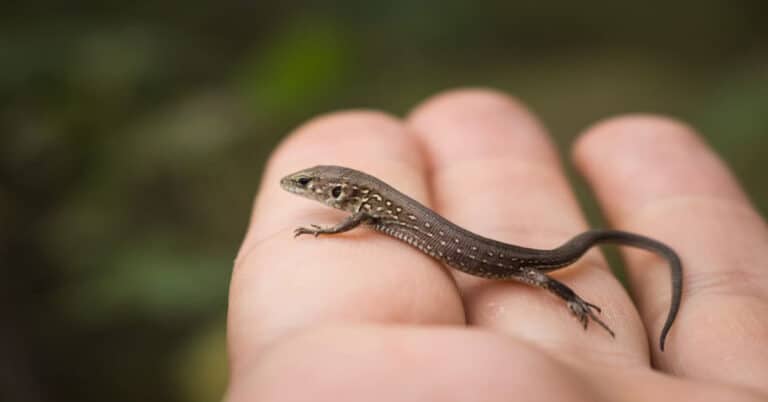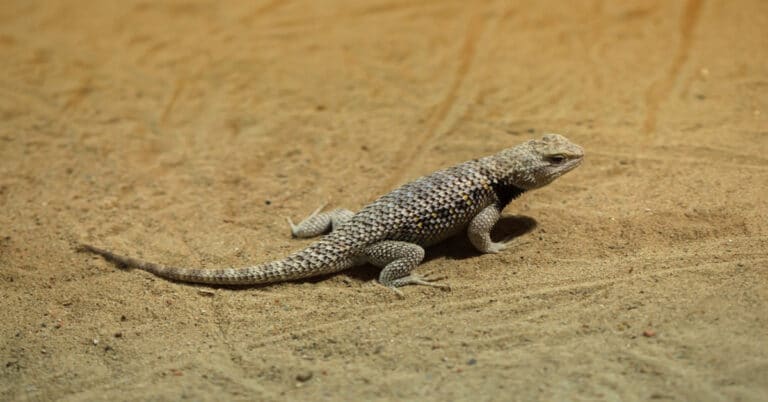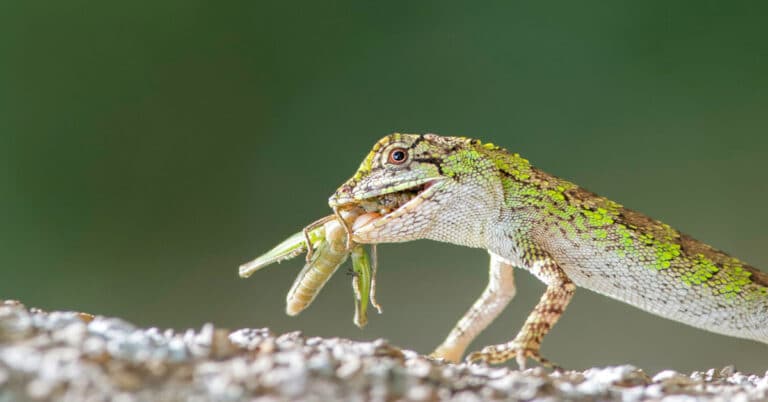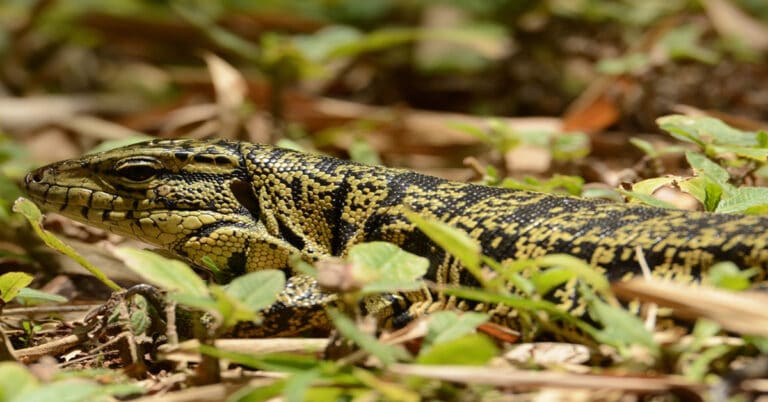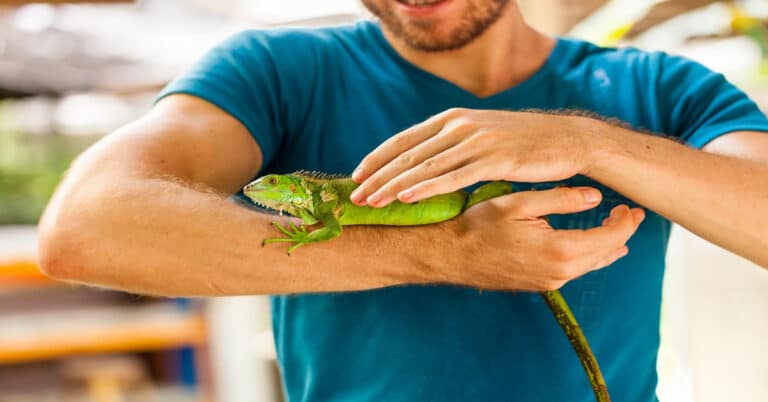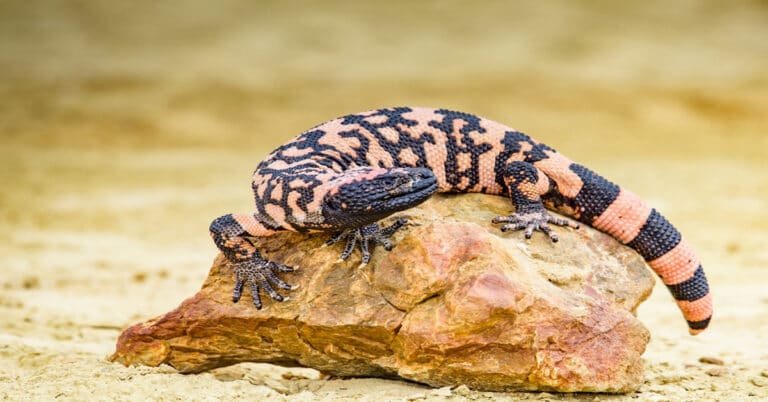Legless Lizard
Scientific Classification Kingdom: Animalia Phylum: Chordata Class: Reptilia Order: Squamata Suborder: Gekkota Infraorder: Pygopodomorpha Family: Pygopodidae The Legless lizard belongs to the minor category of lizard species that have evolved to a stage where their limbs do not function. It is the general name given to the family Pygopodidae and generally refers to other groups, which…

